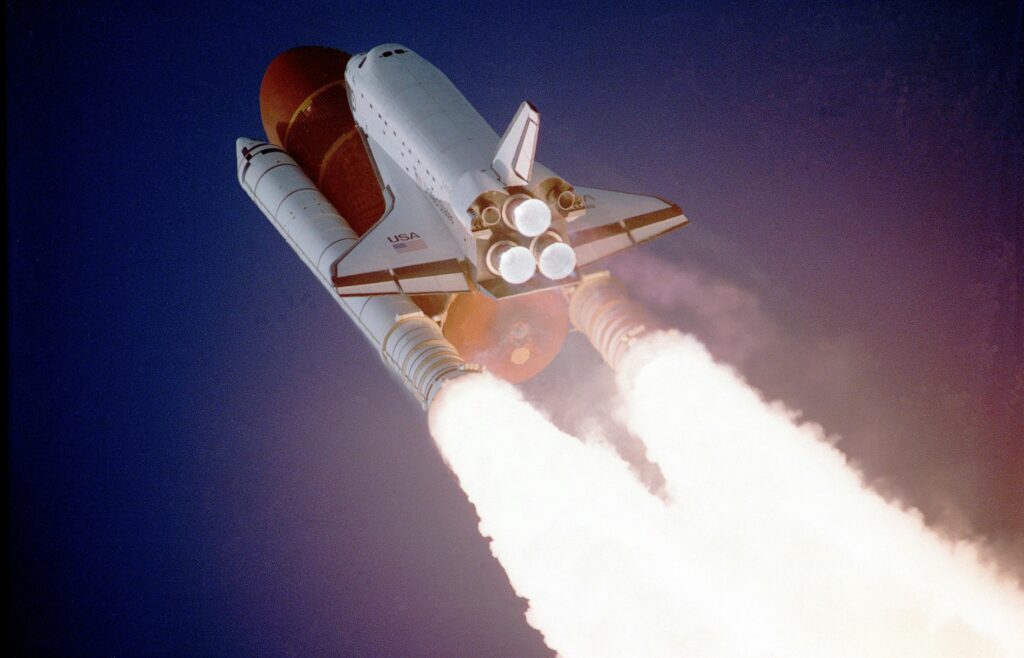
NASA just made history again – but this time, with help from the private sector. The Blue Ghost lunar lander, developed by Firefly Aerospace, successfully touched down on the Moon near Mare Crisium. It’s a breakthrough moment for commercial space exploration and may be the first step toward a new era of Moon missions.
- What is the Blue Ghost mission?
- Why this landing matters (private sector role, future plans)
- Key mission goals and achievements
- What comes next for lunar exploration
The Blue Ghost mission is part of NASA’s Commercial Lunar Payload Services (CLPS) initiative, which encourages private companies to develop the capability to deliver cargo to the Moon. This mission carried scientific instruments designed to study the lunar surface and prepare for future human exploration.
Firefly Aerospace, the Texas-based startup behind Blue Ghost, worked in close coordination with NASA to deliver payloads that will collect vital data on lunar soil composition, temperature, and radiation levels. The success of this landing proves that smaller private companies can play a key role in the new space race.
One of the most remarkable features of this mission is the relatively low cost and high efficiency. The lander, equipped with autonomous navigation and a lightweight structure, successfully executed a soft landing just 12 meters from its targeted site.
This milestone brings NASA one step closer to its Artemis program goals — establishing a sustainable human presence on the Moon by the 2030s. It also paves the way for commercial lunar logistics, which could support industries such as mining, research, and even tourism in the long run.
What Makes Blue Ghost Special?
- It’s one of the first commercially-built landers to reach the Moon.
- Carries 10 payloads, including tools for radiation measurement and dust analysis.
- Demonstrates the feasibility of low-cost lunar cargo delivery.
Why This Landing Matters:
- Proves commercial landers are mission-ready
- Collects critical data for future manned missions
- Opens doors for more frequent and affordable Moon landings
What Comes Next? NASA is already planning future CLPS missions, and Firefly is expected to launch Blue Ghost 2 as early as 2026. These private-public partnerships are the building blocks of a permanent human return to the Moon — and beyond.
- Historical Lunar Landing by Private Sector: The Blue Ghost lunar lander, developed by Firefly Aerospace, successfully touched down on the Moon near Mare Crisium, marking a significant milestone for commercial space exploration with private companies playing a key role.
- Significance of the Blue Ghost Mission: This mission under NASA’s CLPS initiative demonstrates that private companies can deliver payloads for lunar research, advancing preparations for future human exploration and establishing cost-effective lunar logistics.
- Key Achievements of the Mission: The mission’s success in executing a precise, low-cost, autonomous landing, carrying scientific instruments to study lunar surface conditions, proves the viability of smaller private entities in lunar missions.
- Impact on Future Lunar Exploration: The Blue Ghost landing brings NASA closer to its Artemis goals, facilitating sustainable lunar presence and supporting industries such as mining, research, and tourism through commercial logistics.
- Next Steps in Lunar Exploration: Following this success, NASA and private partners like Firefly plan further missions, including Blue Ghost 2 in 2026, paving the way for a permanent human footprint on the Moon.

Leave a Reply